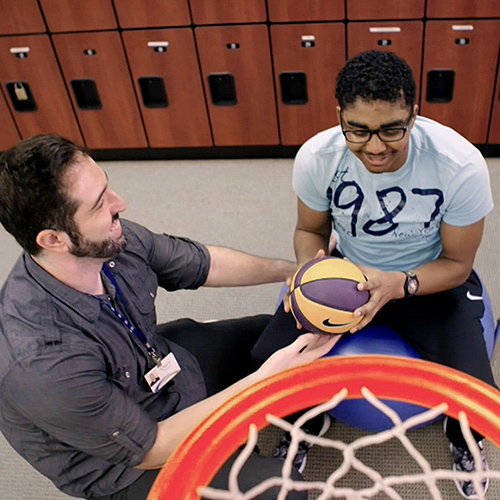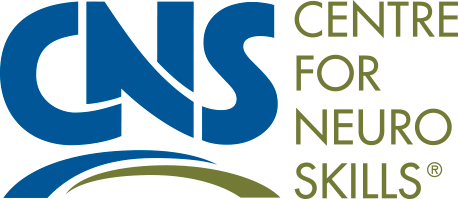Occupational Therapist Inspires Patients’ Path to Independence
 Gary Gyulyan’s passion for guiding patients to independence was inspired by a jarring life event. He was in the occupational therapy (OT) program at the University of Southern California, determined to earn a doctorate degree and work in pediatrics. Then his mom suffered an aneurysm. At the time, Gary was an intern at the CNS Los Angeles clinic. His mom’s brain injury required a new level of support but it also instilled a compassion for her struggle. Inspired by her journey, Gary decided to pursue OT neurorehabilitation.
Gary Gyulyan’s passion for guiding patients to independence was inspired by a jarring life event. He was in the occupational therapy (OT) program at the University of Southern California, determined to earn a doctorate degree and work in pediatrics. Then his mom suffered an aneurysm. At the time, Gary was an intern at the CNS Los Angeles clinic. His mom’s brain injury required a new level of support but it also instilled a compassion for her struggle. Inspired by her journey, Gary decided to pursue OT neurorehabilitation.
The CNS treatment philosophy, and its approach to helping patients like his mom, drove his career choice. “We treat the whole person,” said Gary, who’s now a Doctor of Occupational Therapy (OTD) and still at the Los Angeles facility. In the OT realm, he said, “we address a host of deficits, beginning with basic skills and leading to problem solving, adapting to work and life again, and generalizing these skills into the community.”
Over his five years at CNS, he’s helped patients define goals and achieve them. His patients have earned degrees, returned to their profession, and learned to drive again. His history with successful patients is vast – and dear to his heart.
Gary once worked with a probation officer who fell during a jail altercation. She then had a stroke during surgery, leaving her with low visual endurance, inability to drive, and a fear of returning to work. CNS tailored a plan focused on safety and correcting her deficits. She’s now a probation supervisor, and has risen to the level of competence she demonstrated prior to the injury.
Many patients returning to work are aided by a CNS worksite evaluation, which helps therapists determine what kind of OT training is needed. An older patient of Gary’s benefited from such an evaluation, which included him staying all night at a gas station convenience store.
“I did an overnight shift with him to identify his deficits,” he recalled. “He needed a hearing aid, but I also watched his people skills and accuracy with calculations. This practice is specific to CNS – we modified my schedule, talked to this man’s employer, and planned the onsite evaluation.”
In staffing, each patient’s team of therapists check on patient goals and determine next steps. All disciplines are involved – cognitive, physical, occupational, counseling, and speech therapies – everyone has input.
“I’m rebooted professionally when patients realize goals,” he said. “So many think a return to work is impossible. But seeing them reach those milestones is an indescribable feeling.”

